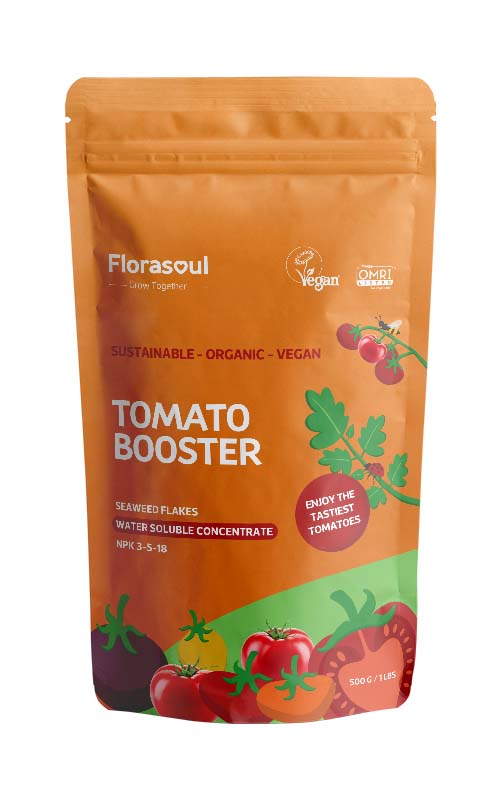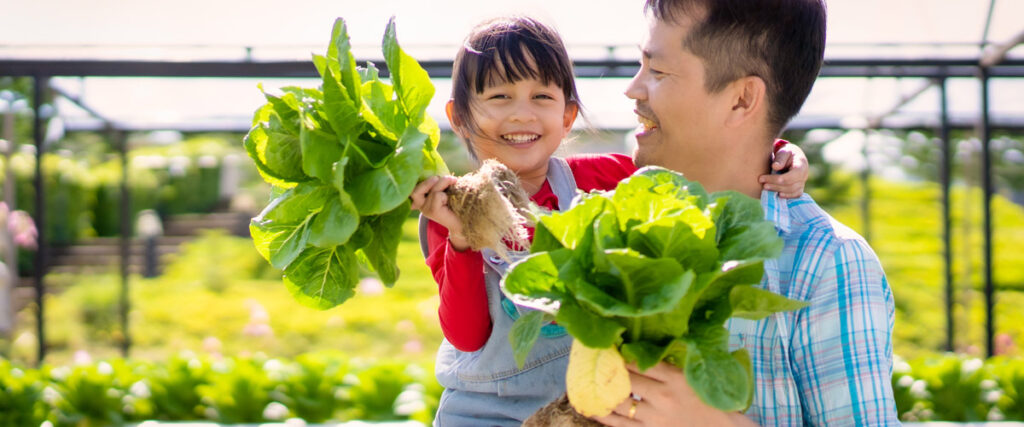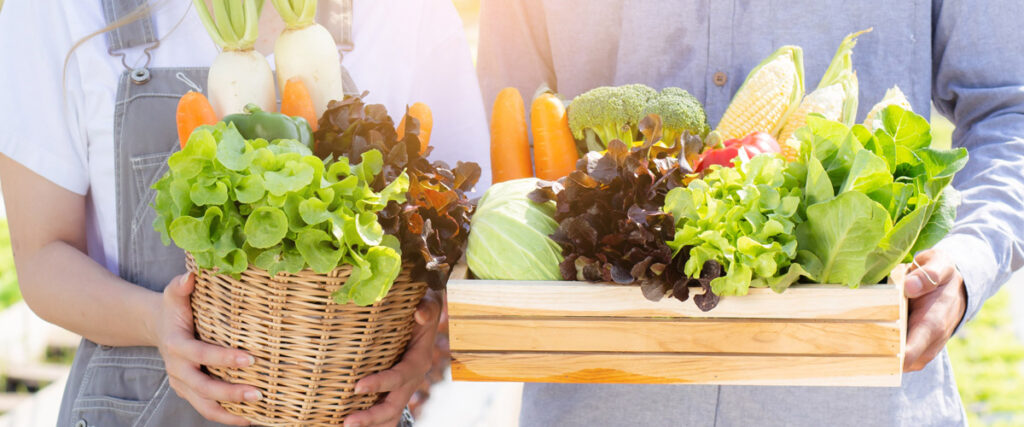Vegan Tomatoes from your home garden
Feeding your Tomato plants with plant based fertilizer
by Dr. Silke Will
Veganic growing is the most innovative and modern way of growing plants
Organic growing products are widely used in conventional and organic gardening. They are easy and cheap to get, since the meat industry is constantly discarding animal byproducts such as manure, dried blood, bone meal, ground up feathers or byproducts from the fishing industry.
The vegetarian and vegan movement gained a lot of popularity in the last centuries. The concepts are well recognized worldwide. Slowly but consistently they adapt into all areas of life also in innovative concepts of nurturing plants.
Discover the Sweetness of Homegrown Tomatoes
Tomatoes are one of the most popular and most consumed vegetables in the world. They are grown in the backyard of most people’s homes. They are consumed fresh, stewed, fried and baked. They are essential ingredients in pizza, pasta, hamburger, hot dogs, and other foods. They are rich in nutrients and calories. Providing a good source of Fe and vitamin A, B, and C in the human diet.
Tomatoes are a pretty easy crop to grow in gardens and containers, even though they do need some care to ensure good crop health and high yield.
Companion planting
Your Tomatoes and you will profit from companion plantings in many different ways. Some companion plants will act as natural insect protection for typical tomato pests, others will provide nitrogen for better growth and others will provide flowers to attract bees for pollination.
Companion Plant
Positive impact

Marigold
Protects tomatoes from white flies and attracts pollinators

Beans
Supply tomatoes with nitrogen by fixing atmospheric nitrogen and release it in the soil
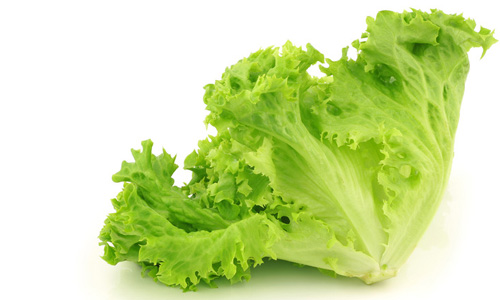
Rocket and lettuce
Extra harvest, they don’t compete for nutrients or water with the tomato plants
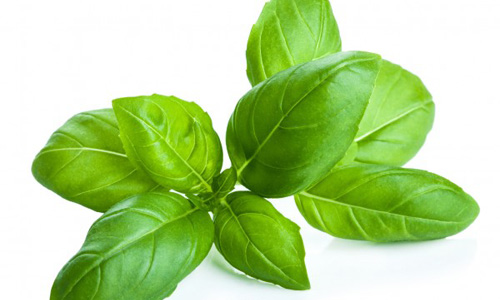
Basil
Increases the taste of the tomato fruits
Cover crops
Cover crops are not harvested, but will be worked entirely into the soil. They are used when a plant bed will lie fallow for at least 3 months before the target crop is planted. In spring you can plant cover crops for tomatoes to prepare a nice fertile soil. The ideal cover crops for tomatoes are legumes. They increase soil organic matter and additionally provide extra nitrogen to the soil by fixing atmospheric nitrogen. Typical legume cover crops are hairy vetch (left) and crimson clover (right).
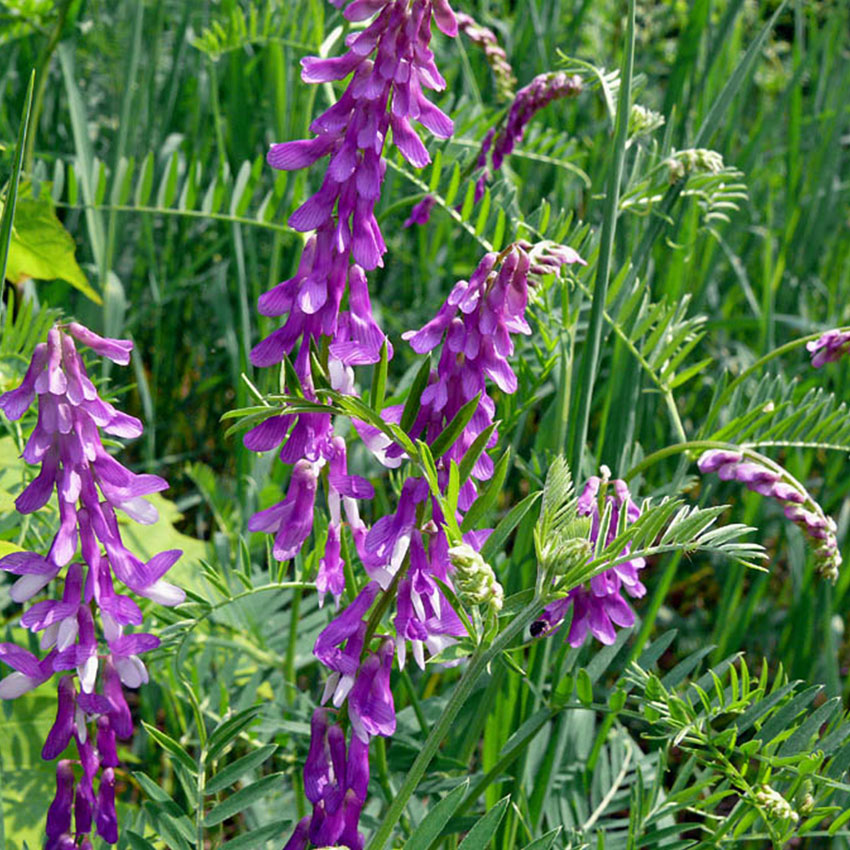

Proper watering
Tomatoes require a lot of water, however, watering is overdone in many gardens. The plants form an extensive and deep root system reaching water and nutrients in deeper soil layers. Thoroughly watering 1-2 times a week during dry weather conditions (5-10 Liter/ 1.3-2.6 Gal per plant) is sufficient. During hot weather a refreshing shower can reduce heat stress on plants. Perfect time for a refreshing shower is early in the morning to avoid leaf burn from high sun radiations. The leaves must be dry again by night to avoid the development of fungi.
Application recommendation of Florasoul Tomato Booster
The Tomato Booster is made from seaweed extract, which contains a wide range of macronutrient, micronutrients and organic compounds such as natural growth hormones, amino acids, vitamins, betaines, cytokinins and sterols.
The Booster acts as a biological stimulator, resulting in better growth, higher yield, shortened fruit ripening, increased resistance to pests and diseases and promotes color and taste of the fruits.
The advantage of plant-based fertilizers is the safe use. Over-fertilization will not harm plants and the environment. Oversupply of the Booster shows the same effect as plants without Florasoul treatment, less growth.
Preparation of the liquid fertilizer:
The flakes are 100% water soluble and can be sprinkled directly into the watering can or in the water reservoir if you use automatic watering.
We recommend the following mixture for soil fertilization as well as foliar fertilization:
1 gal of water: ¾ tsp SEAWEED flakes / 1 teaspoon SEAWEED flakes per 5l of water
3 gal of water: ¼ tbsp SEAWEED flakes / 1 tablespoon SEAWEED flakes per 10l of water
Tips for foliar fertilization:
Foliar fertilization is often underestimated, although it is quite effective. Foliar fertilization is particularly suitable during the flowering and fruiting phase. During this time, the root activity of the plants decreases and nutrients are increasingly distributed within the plant. Some nutrients are firmly bound in plant structures and cannot be transferred to the flowers and fruits. Foliar fertilization during the flowering and fruiting phase promotes the formation of healthy and magnificent fruit, full of color and flavor. Our Plant Booster also acts like a natural protective shield on the leaves of plants. This increases resistance to diseases and pests.
Tab1.: Application recommendation of Florasoul Tomato Booster for soil and foliar fertilization
Season
Soil fertilization
Effect
Spring (Apr-May)
Every 2 weeks
Increase quick establishment and root development
Summer (May-Aug)
Weekly
Increase growth, vitality and fruit set
Season
Foliar fertilization
Effect
Spring (Apr-May)
Every 2 weeks
Increase growth and resilience
Summer (May-Aug)
Weekly
Increase fruit set, color and taste
